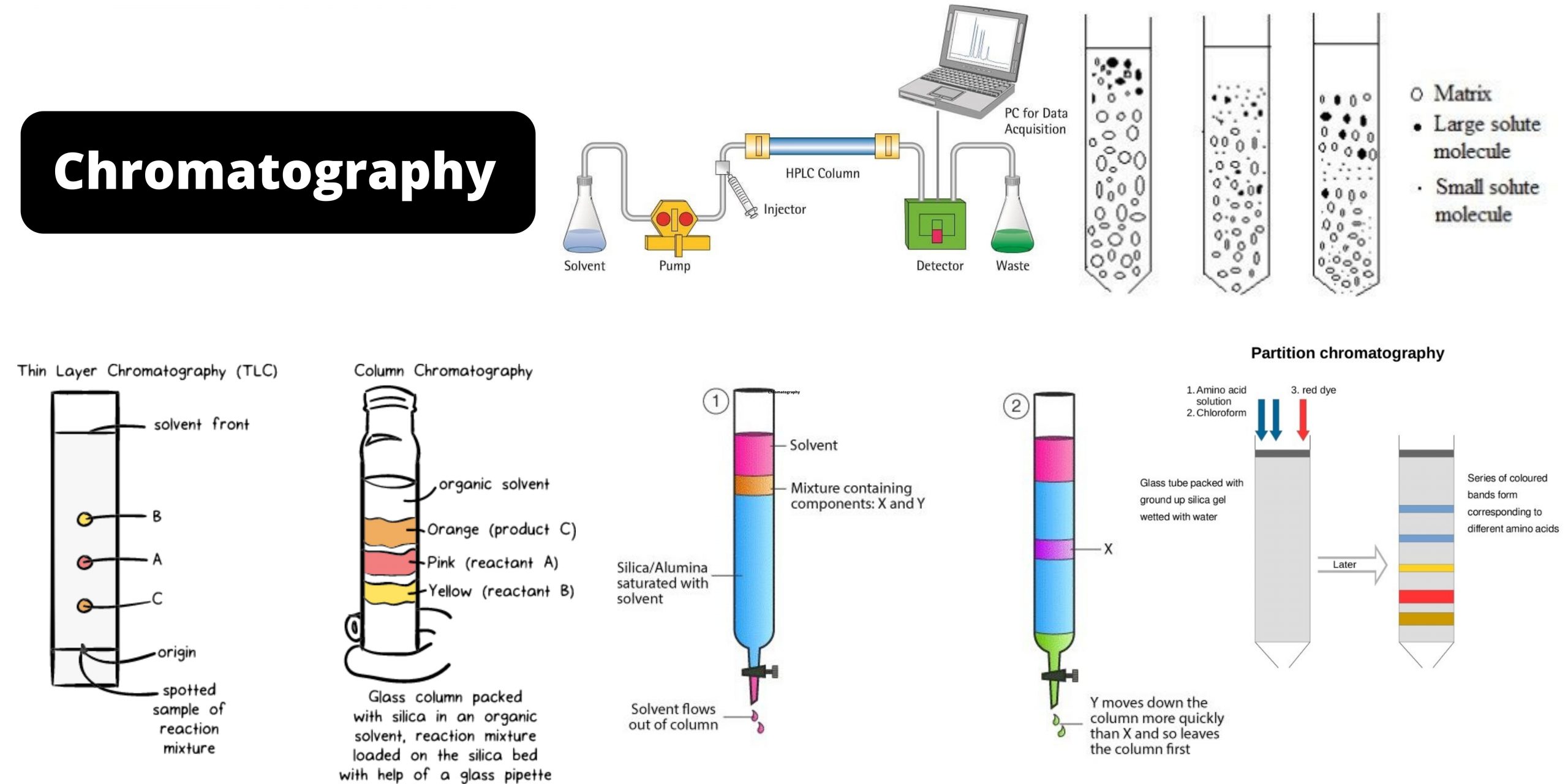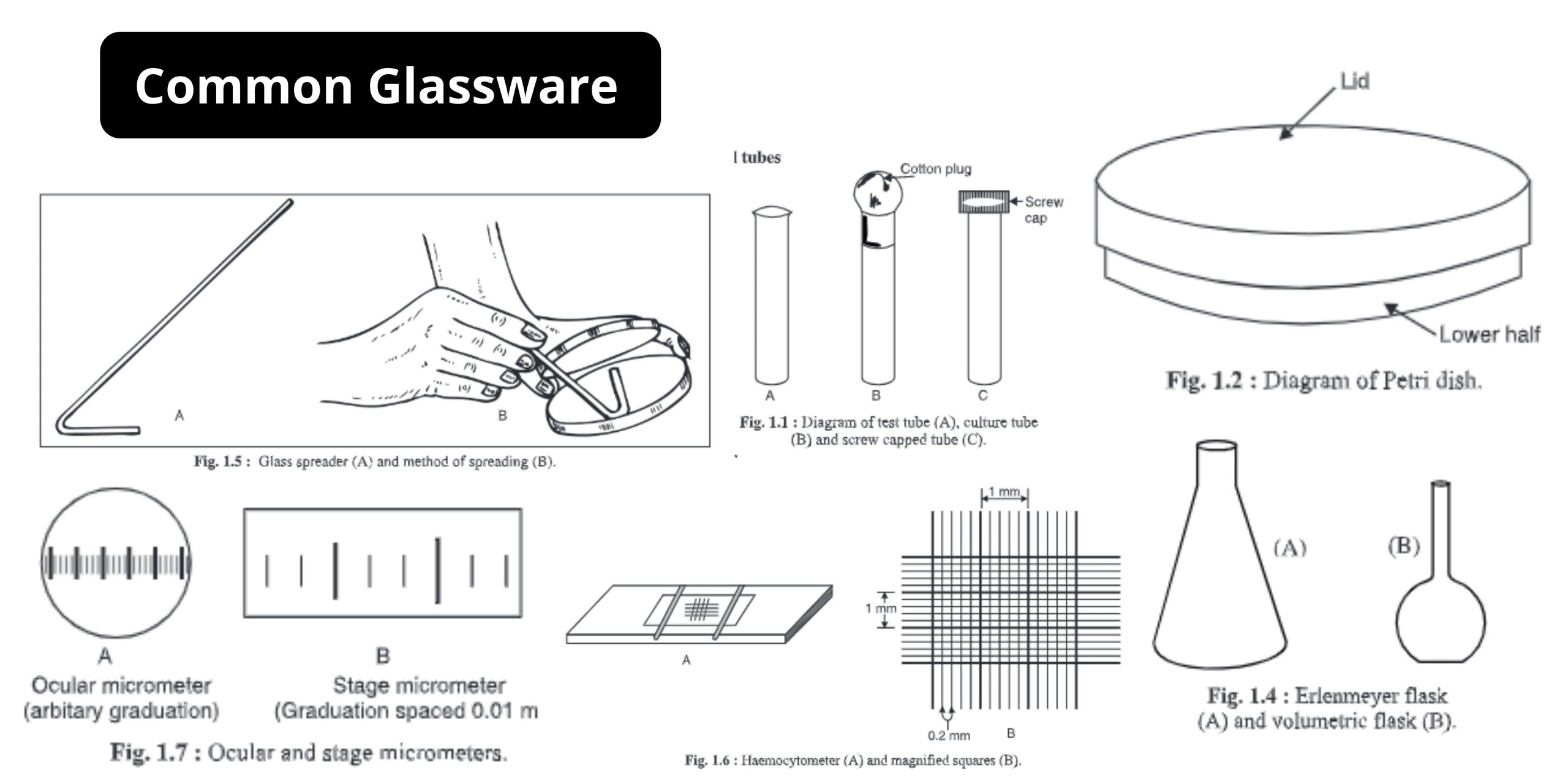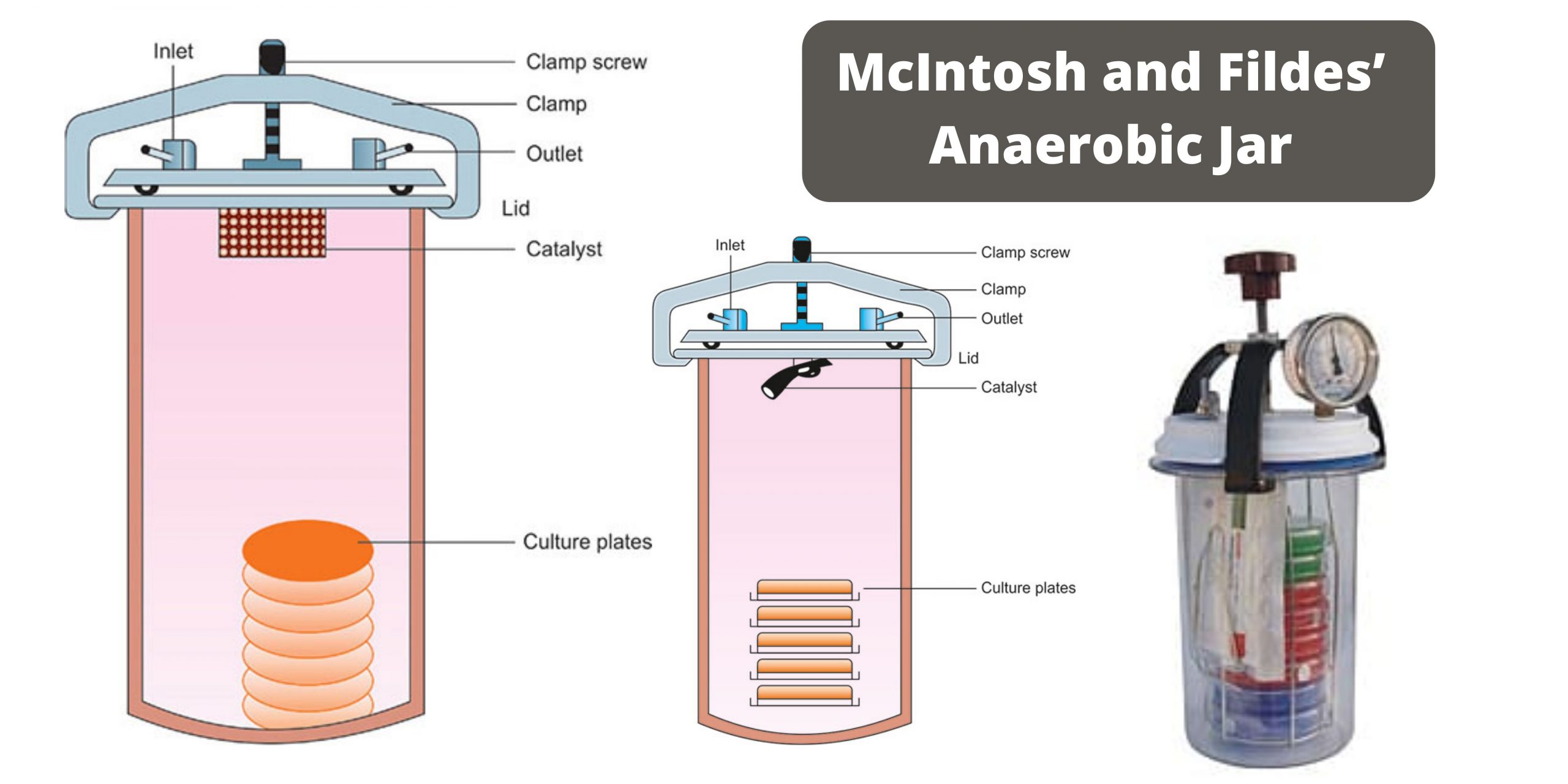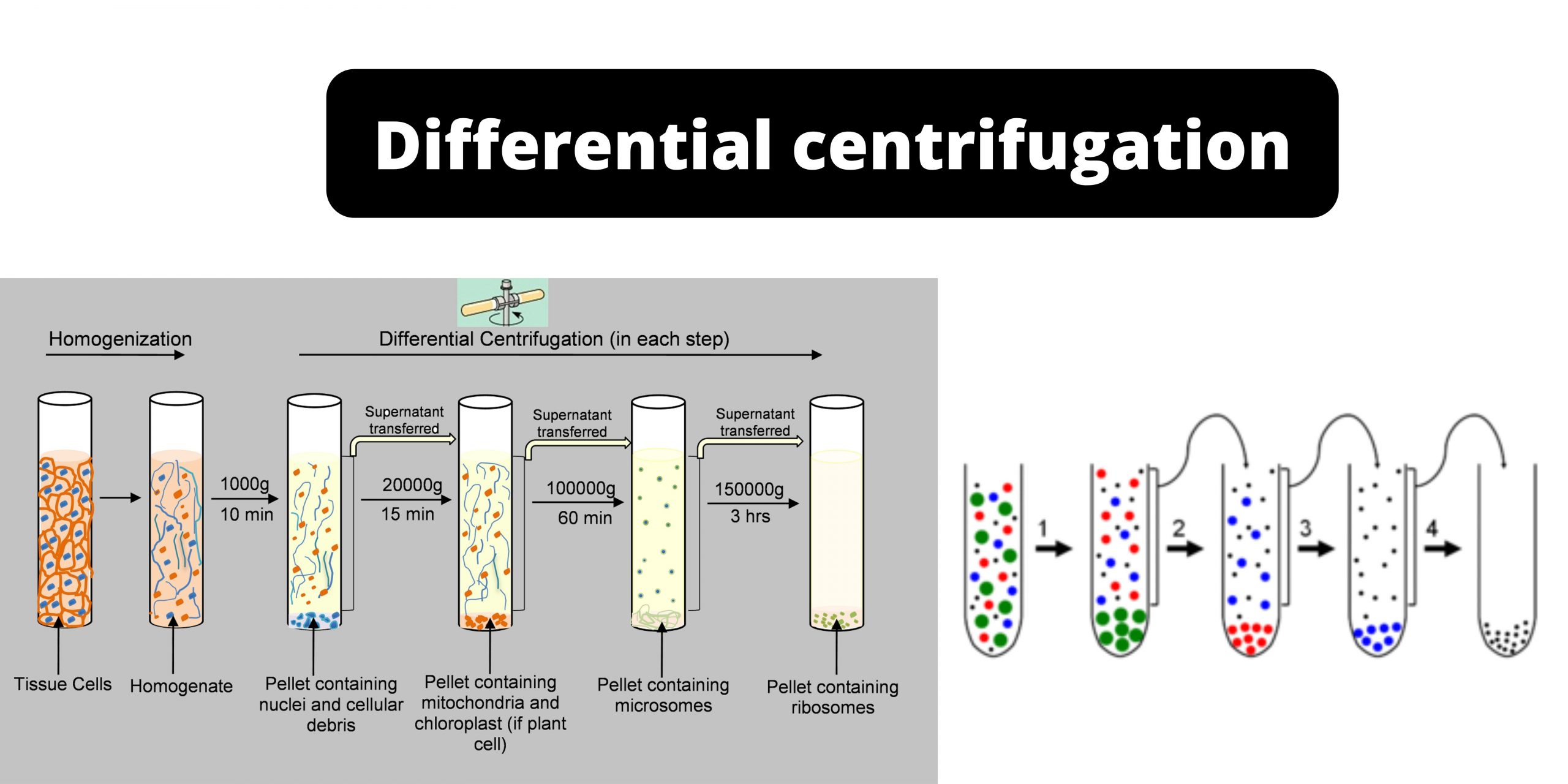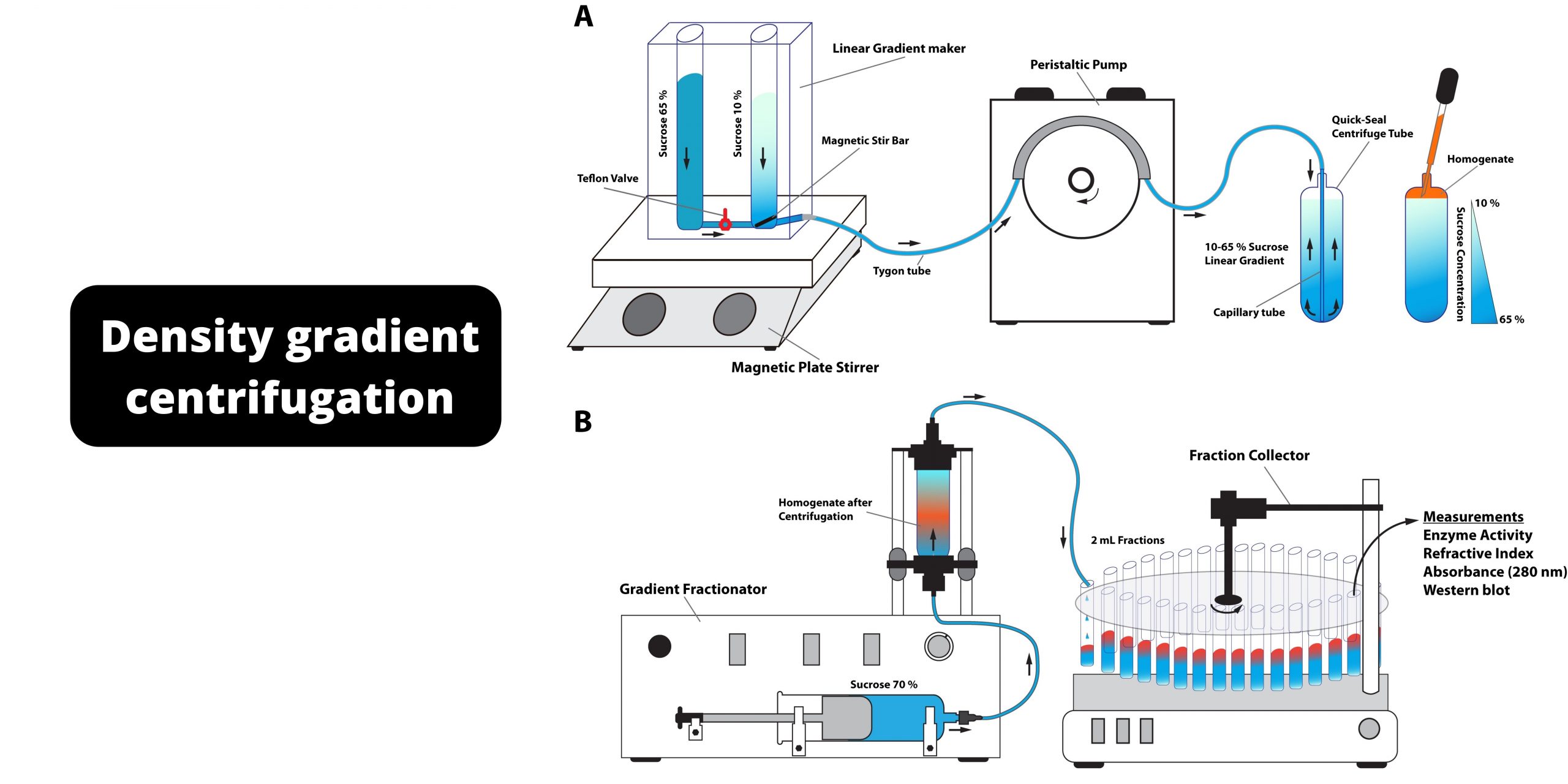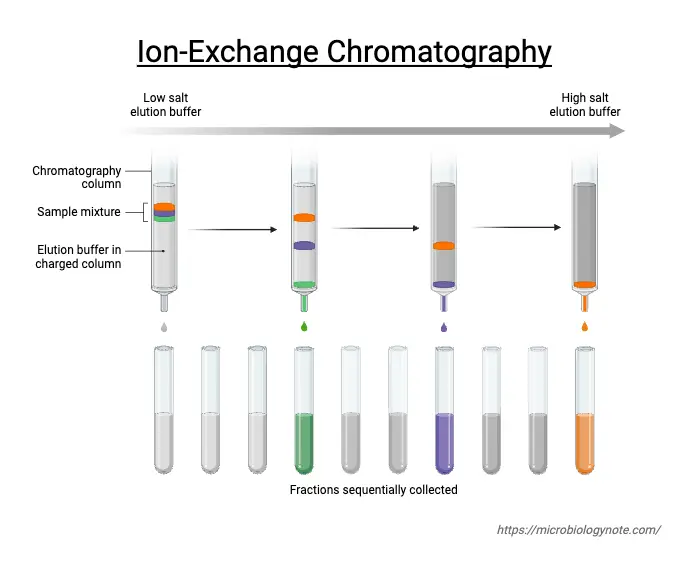Chromatography – Principle, Types, Applications
One of those methods you’ve most likely heard of in passing, particularly if you have ever dipped a toe into chemistry or seen a crime thriller where they examine unidentified drugs, is chromatography. Fundamentally, it’s a means of separating difficult combinations into their component elements. Imagine you want to know what’s really in there and … Read more
